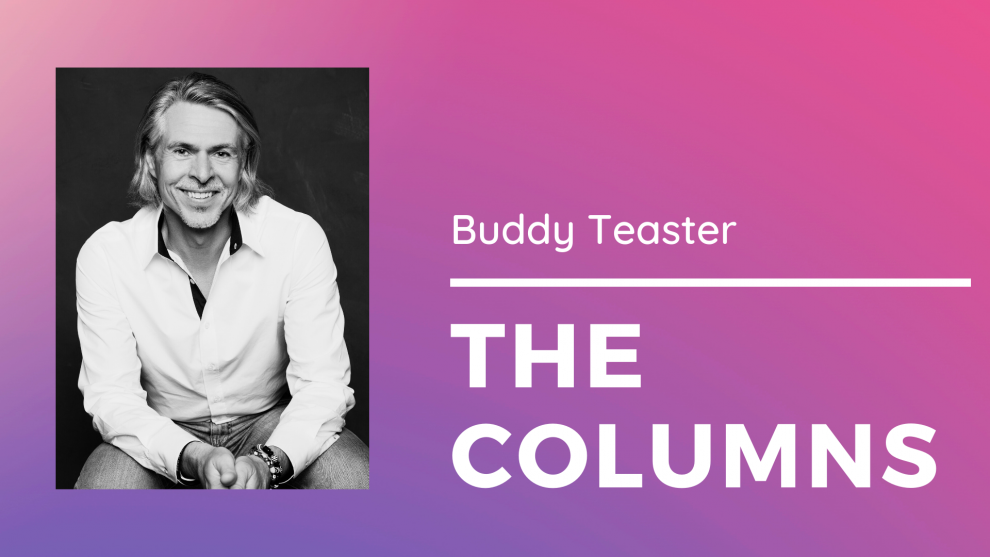I miss meetings.
The live and in-person kind, I mean. The kind without mute buttons and frozen video feeds. The kind that involve handshakes and high-fives and fist-bumps.
I suppose what I actually miss is simply being in the same room with other humans — my team at the office, the people whom we serve.
Of course, by the time you read this, it’s possible that many places will have lifted their stay-at-home orders, and — eventually — social distancing will be a “remember when” for every one of us. But as I’m writing this, we’re still being advised to limit, as much as we can, any activity that’ll put us within six feet of other people.
It’s not that great of a distance, really. But as I write this today, six feet feels like a mile.
For those of us who tend toward optimism, the lack of win-win scenarios with COVID-19 has been tough. Doing the right thing in this season has had myriad consequences — from temporary disappointment and discouragement to long-term hardship. Closing non-essential businesses has saved thousands of lives, but it has also ruined others economically. Shuttering schools has helped flatten the curve, but it’s also put massive stress on both educators and parents. Requiring people to stay home has reduced rates of disease, but it has also increased rates of domestic violence. It’s heartbreaking.
This virus has challenged us to ask difficult questions with no obvious “good” answers. We’ve been forced to predict what decisions will produce the least bad outcomes — with no current-day precedent to lean on. What if we zig when we should’ve zagged? What if, in our attempts to prop up one domino, three others tumble? As an industry leader, I suspect you’re experiencing some angst over that. I know I am.
In the midst of the “what if”s and the “what now”s — in a time when we’re not entirely certain what’s “right” — my personal priority is staying connected with people. In that regard, I wish we hadn’t been so quick to adapt the phrase “social distancing.” “Physical distancing” feels far more accurate and far less isolating.
While some might argue that’s a semantic distinction, it’s nevertheless a distinction worth making. According to psychiatrist Amy Banks, “Differentiating physical distance from social distance acknowledges the virus’ malignant ability to be transmitted from person to person but also acknowledges that the virus has no power over our ability to support and nurture one another in this time of extraordinary threat.”
“Our ability to support and nurture one another” isn’t just a survival mechanism; it’s a recovery strategy. In an interview with The Washington Post, Robert Olshansky, emeritus professor of urban and regional planning at the University of Illinois at Urbana-Champaign, commented, “Social connections are necessary not just to combat the pandemic but for rebuilding and recovering … History has shown us that collaborative, mutually supportive communities are the ones that are most successful at sustainably recovering from large disasters.”
I’d summarize those two scholars’ thoughts this way: We’re going to make it to the other side of this by linking arms — if only metaphorically for now — and walking forward together.
Honestly, it didn’t take a couple of academicians to convince me of the power of human connection; I’ve seen first-hand what happens when people have an opportunity to discover their shared humanity.
The problem is, far too often we don’t even see the social barriers between us because we’re ensconced in a circle of people who look and think like we do. Unless we’re incredibly intentional about our media consumption — social or otherwise — we soon find ourselves in an echo chamber with no alternative opinions or values to hear, let alone consider.
I don’t know about you, but when I realize the need to broaden my worldview and get out of my comfort zone, I hit the road or the skies. I’m extremely fortunate that traveling is part of my job. I always learn something about the place I’m visiting, the people I’m serving alongside and, inevitably, myself.
There’s no more efficient or effective way to understand another person’s experience than to join their world. Bryan Stevenson, founder and executive director of the Equal Justice Initiative and author of “Just Mercy,” says it this way: “We must get ‘proximate’ to suffering and understand the nuanced experiences of those who suffer from and experience inequality. … If you are willing to get closer to people who are suffering, you will find the power to change the world.”
I would argue that even when we’re unable to share physical space with people, we can nevertheless be intellectually and empathically “proximate” to them. COVID-19 has forced us to think creatively about just how much we can accomplish virtually. So, why limit our newfound work-arounds to just work? After all, technology has expanded our access to people all around the globe, effectively diminishing the distance between us to … well, about six feet. We can create meaningful connections right now through our screens. It’s a miracle, really — if you’re willing to see it that way.
Still, I can’t wait until we’re able to gather in person again. I’m anxious to step on a plane and have my heart cracked open by humility and gratitude. I have so much more to learn about so many more people and about myself.
In the meantime, though, I won’t allow physical distance to limit my human-to-human connections. Every day, I’ll find a way to shrink those six feet so there’s no more “us” and “them.” Only we.
I hope you’ll do the same.
Buddy Teaster
Soles4Souls
soles4soles.com








